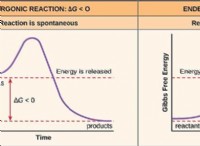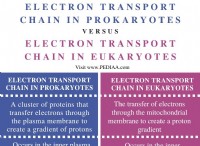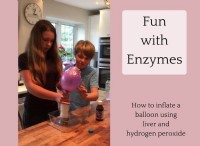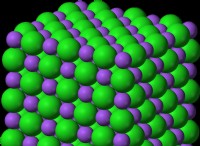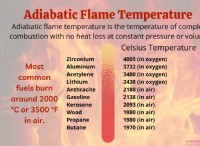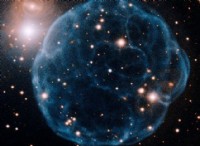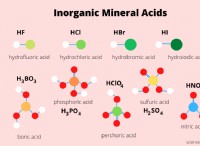IIT-JEE 試験に合格するには、学生は熱心に取り組み、適切な計画を立てる必要があります。 IIT メイン試験のシラバスとともに、クラス 12 のシラバスは学生の将来を形作る上で重要な役割を果たします。したがって、すべての概念を完全に理解する必要があります。
このガイドでは、金属および非金属の重要な物理的および化学的特性について説明します。したがって、困難に直面している場合や準備プロセスを開始したい場合は、ガイドがすべての質問に答えます。
周期表
周期表は、それぞれの化学的性質に基づいた元素の配置で構成される表のグループです。周期表では、すべての金属が左側に表示されますが、周期表の右側にはすべての非金属が表示されます。周期表の行は周期と呼ばれ、列はグループと呼ばれます。全部で 92 の元素があり、そのうち 22 は非金属で、残りの 70 は金属です。
理解を深めるために、周期表の最初の 30 元素とその原子番号および電子配置を以下に示します:
金属
周期表の最初の 30 元素から、非金属に比べて金属が多数派であることがわかります。金属には、以下を含むいくつかの種類があります:
アルカリ金属
アルカリ土類金属
遷移金属
ランタニド
アクチニド
金属の物性
以下は金属の物理的性質です:
金属は叩いて薄いシートにすることができます。つまり、金属は本質的に非常に柔軟です。典型的な例は金、銀、アルミニウムで、装飾品を作るために厳密に叩いて薄いシートにします。
液体の状態で存在する水銀を除いて、すべての金属は固体の状態で存在します。
金属は本来光沢があります。したがって、これらは貴重な装飾品、ジュエリー、キッチン用品を作るために使用されます.
金属は、電気と熱の優れた伝導体です。したがって、熱と電気は、外部または内部の損傷を引き起こすことなく、金属を容易に通過できます。
金属は本質的に延性があるため、できるだけ細いワイヤーに簡単に伸ばすことができます。一般的な例は、アルミ線と銅線です。
カリウムとナトリウムを除いて、金属は非常に重くて硬く、ナイフで簡単に切れます。
物体にぶつかるたびに音を発しますが、これは金属が音を出すことを意味します.
金属の化学的性質
以下は金属の化学的性質です:
金属が酸素と直接接触するたびに、金属酸化物が生成されます。
金属は電子を失う傾向があるため、電子が少なくなります。
金属はすぐに簡単に腐食する傾向があります。
金属は陽性元素です。
金属は還元剤として優れています。
金属と非金属の物性比較
非金属
金属の特性を持たない金属は、非金属と呼ばれます。 70 の金属と比較すると、周期表の非金属の数は非常に少なく、22 です。一部の非金属は次のとおりです。
水素
カーボン
Phosphorus
Selenium
Nitrogen
Oxygen
All halogens
Sulfur
Noble gasses
Physical Properties of Non-metals
The following are the physical properties of non-metals:
When non-metal is beaten into thin sheets, they tend to break into pieces. Some common examples are phosphorus and sulfur.
When kept at room temperature, the non-metals can be in all states, including solid, gaseous, and liquid.
Non-metals are non-sonorous, so they do not produce any sound when beaten or hit by other objects.
Unlike metals, non-metals are not ductile, which means they can be transformed into thin wires.
Lastly, non-metals can be transparent.
Chemical Properties of Non-metals
The following are the chemical properties of non-metals:
Unlike metals, non-metals have a high number of electrons in the outer shell, around 4-8 electrons.
Every time a non-metal comes in direct contact with oxygen, it produces acidic oxides.
These are great oxidising agents and do not react when mixed with water.
Non-metals are electronegative elements.
Non-metals gain valence electrons.
Comparison Between Chemical Properties of Metals and Non-metals
結論
Physical and chemical properties of metals and non-metals are among the basic and most important concepts while preparing to appear in competitive examination. Over the past 10 years, a decent amount of questions have been asked from this chapter, which means it holds a lot of significance in every student’s life aiming to score higher grades.
